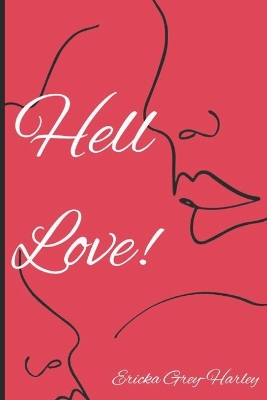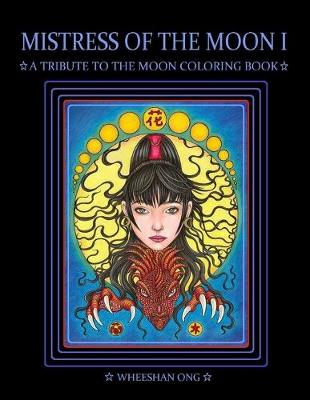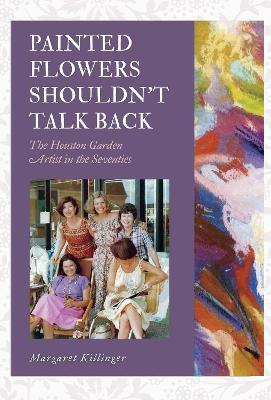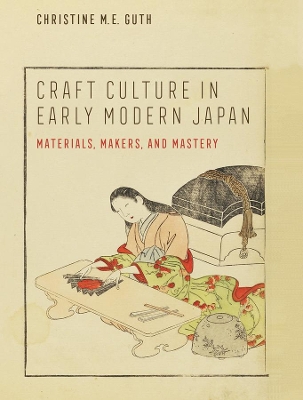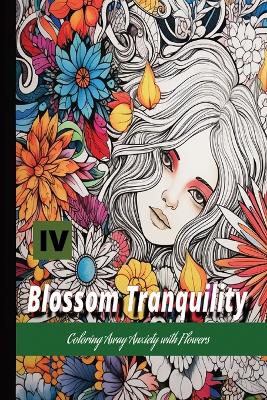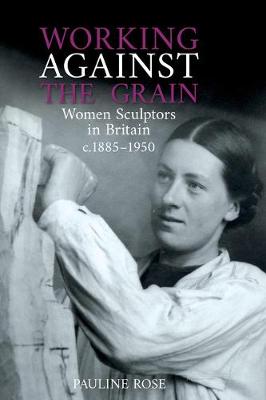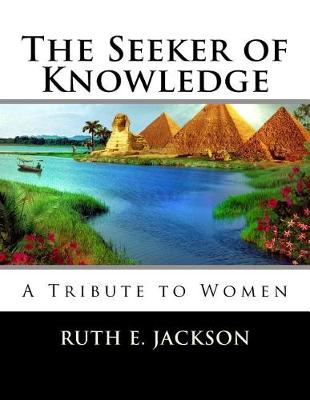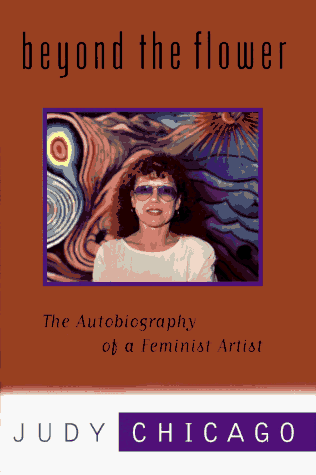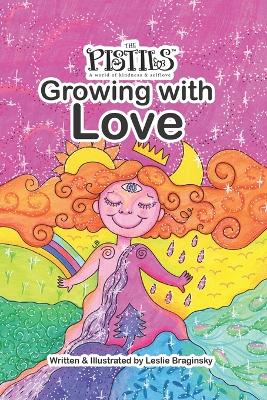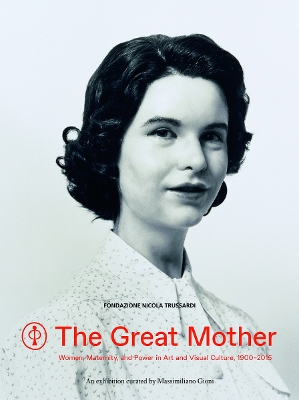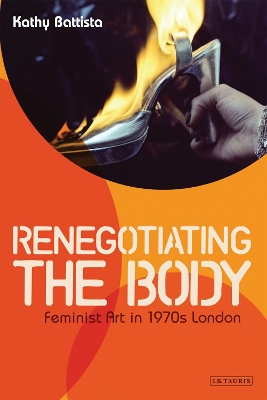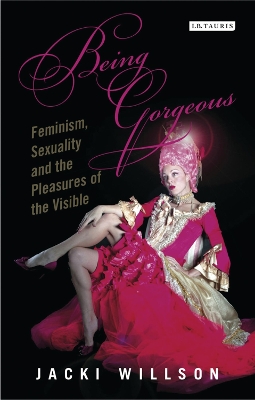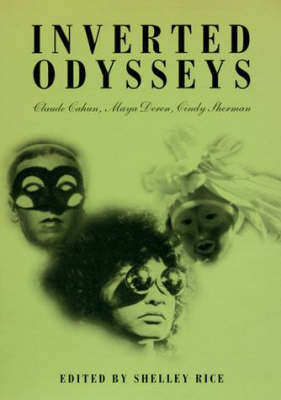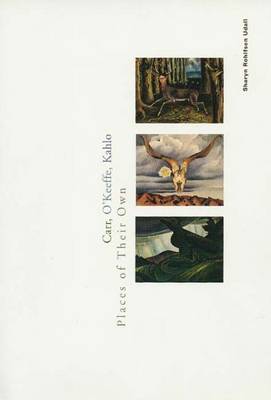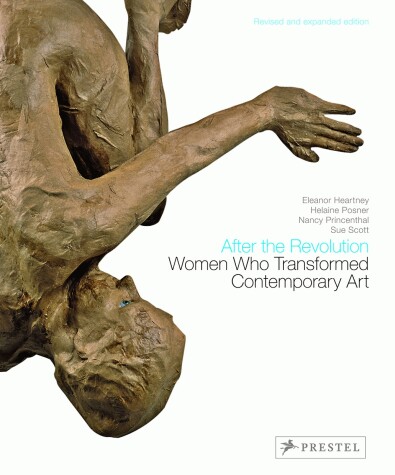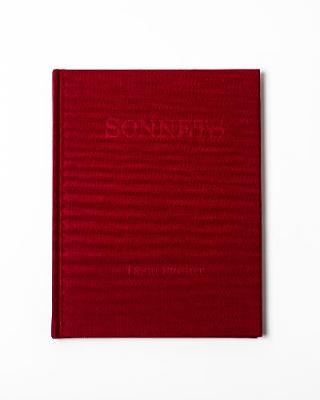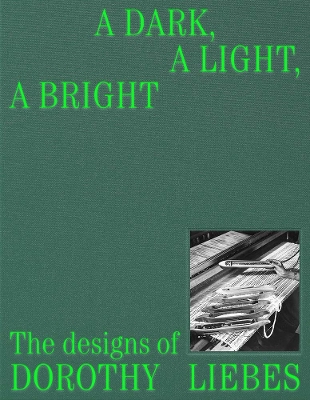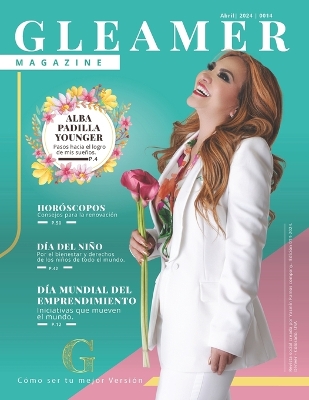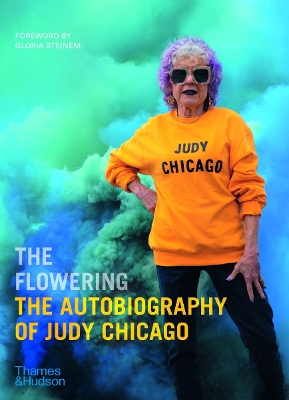If you spend hours scrolling Zillow and Instagram looking at cool and unique homes, then you’ll love coloring the pages of Coolest Homes Ever. This one-of-a-kind coloring book by bestselling author and artist Alli Koch features eye-catching designs of some of today’s coolest and trendiest homes. If you daydream about living off the grid in a cabin or A-frame; hitting the road in an RV or vintage airstream; or building the perfect vacation home by the beach or in the desert, then this book will...
Mistress of The Moon I (Mistress of the Moon Coloring Book, #1)
by Wheeshan Ong
Painted Flowers Shouldn't Talk Back tells the story of a suburban women's art collective that painted together in Houston, Texas, from 1970 to 1977. They called themselves the Garden Artists, though their subjects were much more varied than just garden views. Author Margaret Killinger's artful narrative illustrates how these women creatively confronted profound sociocultural challenges through decorative art. Some discovered much-needed financial independence and personal freedom through the gro...
Craft Culture in Early Modern Japan (Franklin D. Murphy Lectures)
by Christine M. E. Guth
Articles crafted from lacquer, silk, cotton, paper, ceramics, and iron were central to daily life in early modern Japan. They were powerful carriers of knowledge, sociality, and identity, and their facture was a matter of serious concern among makers and consumers alike. In this innovative study, Christine M. E. Guth offers a holistic framework for appreciating the crafts produced in the city and countryside, by celebrity and unknown makers, between the late sixteenth and mid-nineteenth centurie...
Blossom Tranquility (Blossom Tranquility: Coloring Away Anxiety with Flowers)
by Walterpress
This lavishly illustrated book breaks new ground in focusing on some of the many successful professional British women sculptors active during this period. Largely unknown, the few women who have been mentioned in histories of twentieth century British sculpture have been those who adhered to the (masculine) Modernist canon. Organized by theme this book explores and illustrates an unusually large number of and stylistically varied works. The social and cultural contexts in which these women scul...
Anais Nin heralded the first volume of Judy Chicago's autobiography, Through the Flower, as "invaluable for all women". Now, Chicago takes readers Beyond the Flower, lifting the veil of the international persona she has become since her seminal work "The Dinner Party", and revealing her very personal struggles as an artist and feminist.
"Through the work by 127 international artists, The Great Mother analyzes the iconography of motherhood in the art and visual culture of the twentieth- and twenty-first centuries, from early avant-garde movements to the present. Whether as a symbol of creativity or as a metaphor for art itself, the archetype of the mother has been a central figure in the history of art, from the Venuses of the Stone Age to the “bad girls” of the postfeminist era. The more familiar version of “Mamma” has also bec...
What makes art 'feminist art'? Although feminist artists do have a unique aesthetic, there can be no essential feminist aesthetic, argues Kathy Battista in this exciting new art history. Domesticity, the body, its traces and sexuality have become prominent themes in contemporary feminist practice but where did these preoccupations begin and how did they come to signify a particular type of art? Kathy Battista's (re-)engagement with the founding generation of female practitioners centres on 1970s...
Being Gorgeous explores the ways in which extravagance, flamboyance and dressing up can open up possibilities for women to play around anarchically with familiar stereotypical tropes of femininity. This is protest through play - a pleasurable misbehaviour that reflects a feminism for the twenty first century. Willson discusses how, whether through pastiche, parody, or pure pleasure, artists, artistes and indeed the spectators themselves can operate in excess of the restrictive images which sat...
Inverted Odysseys (The MIT Press)
An "odyssey" through historical, theoretical, critical, and literary perspectives on the three artists. Claude Cahun, Maya Deren, and Cindy Sherman were born in different countries, in different generations; Cahun in France in 1894, Deren in Russia in 1917, and Sherman in the United States in 1954. Yet they share a deeply theatrical obsession that shatters any notion of a unified self. All three try out identities from different social classes and geographic environments, extend their temporal...
This groundbreaking book compares the art, lives, and achievements of three great artists of the Americas: Emily Carr of Canada, Georgia O'Keeffe of the United States, and Frida Kahlo of Mexico. Each became her country's preeminent woman painter in the twentieth century, and all explored similar issues in their painting. Sharyn Udall shows how each artist searched for an authentic, personal identity and analyses in detail the issues these women faced in relation to nationality, nature, gender, a...
"Why Have There Been No Great Women Artists?" asked the prominent art historian Linda Nochlin in an intentionally provocative 1971 essay. Thirty-five years later, her insightful institutional critique serves as a benchmark against which the progress of women artists may be measured. In this book, four prominent critics and curators describe the strides made by women artists since the advent of the feminist movement and assess the changes that have occurred in their critical reception, commercial...
The images in Sonnets are lyrical narratives from the everyday – inorganic forms disclose life-like characteristics, randomly placed objects seem purposeful, bent frames become graceful. These images are like small meditations, granting permission to pause, and creating space for contemplation. Forgotten items and ordinary spaces possess a kind of wilted beauty that alternately suggest playfulness, tranquility, melancholy and desire.
The first major publication devoted to weaver and designer Dorothy Liebes, reinstating her as one of the most influential American designers of the twentieth century At the time of her death, Dorothy Liebes (1897–1972) was called “the greatest modern weaver and the mother of the twentieth-century palette.” As a weaver, she developed a distinctive combination of unusual materials, lavish textures, and brilliant colors that came to be known as the “Liebes Look.” Yet despite her prolific career and...
Judy Chicago is America’s most dynamic living artist. Her works comprise a dizzying array of media from performance and installation to the glittering table laid for thirty- nine iconic women in The Dinner Party (now permanently housed at the Brooklyn Museum), the groundbreaking Birth Project, and the meticulously researched Holocaust Project. She designed the monumental installation for Dior’s 2020 Paris couture show and, in 2019, established the Judy Chicago Portal, which will help to accompli...

